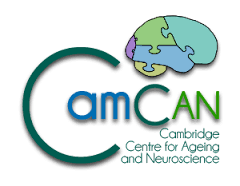CBSU bibliography search
To request a reprint of a CBSU publication, please
click here to send us an email (reprints may not be available for all publications)
Reverse-Engineering the Cortical Architecture for Controlled Semantic Cognition
Authors:
JACKSON, R.L., Rogers, T.T., LAMBON RALPH, M.A.
Reference:
Nature Human Behaviour, 18 Jan 2021
Year of publication:
2021
CBU number:
8595
Abstract:
We employ a ‘reverse-engineering’ approach to illuminate the neurocomputational building blocks that combine to support controlled semantic cognition: the storage and context-appropriate use of conceptual knowledge. By systematically varying the structure of a computational model and assessing the functional consequences, we identified the architectural properties that best promote some core functions of the semantic system. Semantic cognition presents a challenging test case as the brain must achieve two seemingly contradictory functions: abstracting context-invariant conceptual representations across time and modalities, whilst producing specific context-sensitive behaviours appropriate for the immediate task. These functions were best achieved in models possessing a single, deep multimodal hub with sparse connections from modality-specific regions, and control systems acting on peripheral rather than deep network layers. The reverse-engineered model provides a unifying account of core findings in the cognitive neuroscience of controlled semantic cognition, including evidence from anatomy, neuropsychology, and functional brain imaging.
URL:
Data available, click to request

 MRC Cognition and Brain Sciences Unit
MRC Cognition and Brain Sciences Unit

